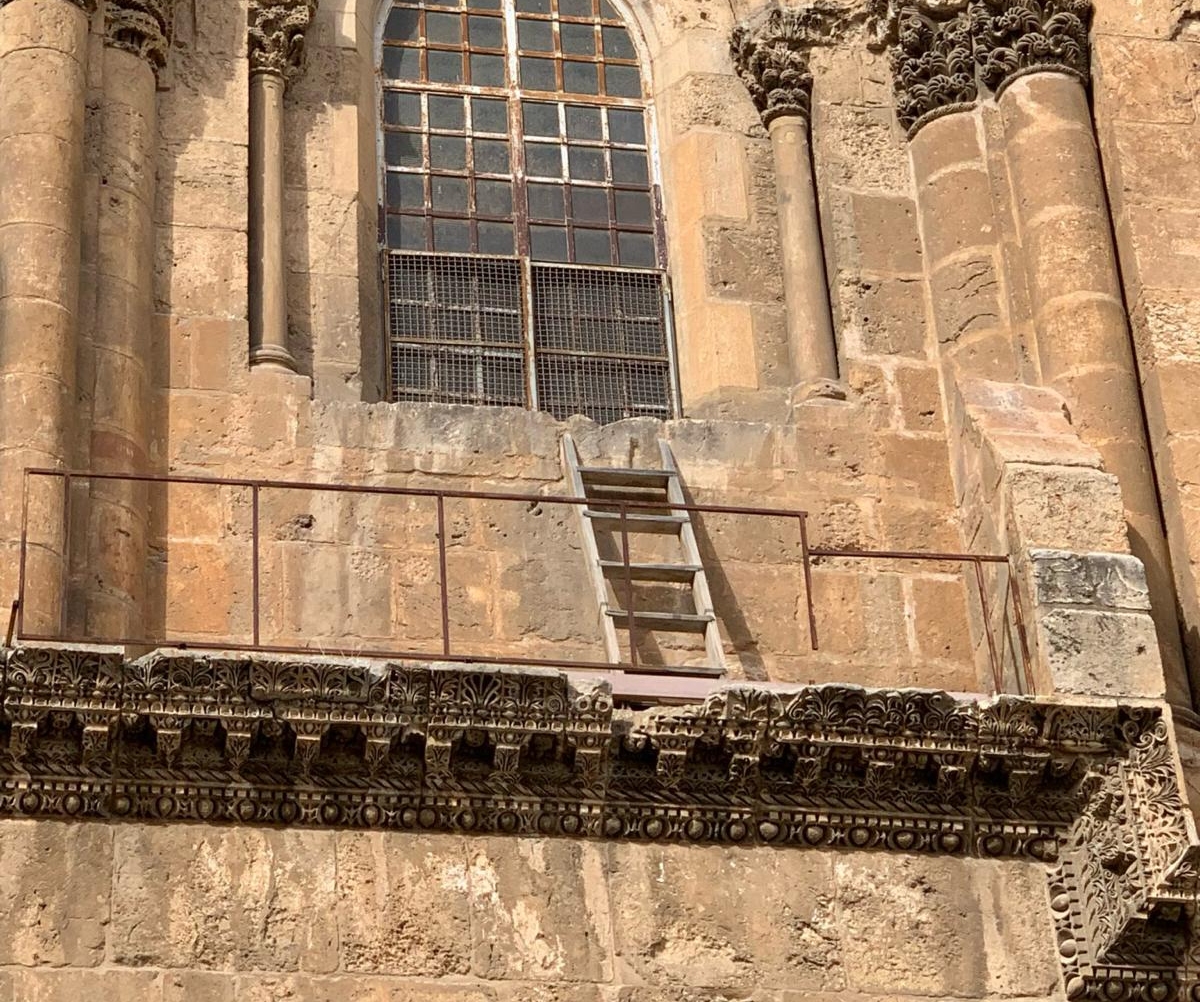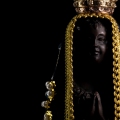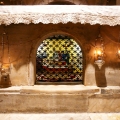The Church of the Holy Sepulchre in Jerusalem is believed to be the site of Jesus’ crucifixion and burial. But within its walls lies a curious relic that has nothing to do with the Passion of the Christ –the “immovable ladder.” It is an ordinary wooden ladder, leaning against a second-story window. And still, it has become a symbol of the complex and sometimes contentious relationship between the Christian denominations that share stewardship of the church.

The exact origins of the ladder remain somehow shrouded in mystery. The first documented evidence of its presence dates back to a 1728 engraving. Some accounts suggest it belonged to a mason who left it behind after repairs. Others claim it was placed there by an unknown Christian sect. Regardless of its origin, the ladder’s current location is the result of a delicate status quo arrangement.
Established in the 18th century by Ottoman decree, the status quo assigns ownership and maintenance responsibilities for various parts of the church to six Christian denominations: Greek Orthodox, Armenian Apostolic, Roman Catholic, Ethiopian Orthodox, Coptic Orthodox, and Syrian Orthodox. This agreement also prohibits any unilateral changes within the church. The ladder thus represents this delicate balance of power. Its removal by any one group could be seen as an encroachment on the territory of another, potentially sparking religious tensions –hence, the immovable ladder.

The seemingly illogical presence of the ladder underscores the unique power dynamics at the Holy Sepulchre. The key to the main entrance, however, presents another curious twist. Contrary to what one might expect, it is entrusted to a Muslim family, the Nusseibeh clan. This tradition dates back to the 12th century when Saladin, the great Muslim ruler, conquered Jerusalem. To ensure neutrality and prevent disputes over access, the keys were given to this prominent Muslim family. This arrangement has endured since then, symbolizing an instance of interfaith cooperation in the protection of a Christian holy site.
The immovable ladder serves as a potent symbol of the complex web of property, tradition, and religious politics that govern the Holy Sepulchre. While its presence may seem nonsensical, it underscores the delicate balance that has maintained a sometimes fragile peace in this holy space for centuries. The Muslim family holding the key is another example of Jerusalem’s religious landscape, where cooperation and mutual respect, though not always easy, have found a way to coexist.
The centuries-old tradition of pilgrimage tattoos in Jerusalem





